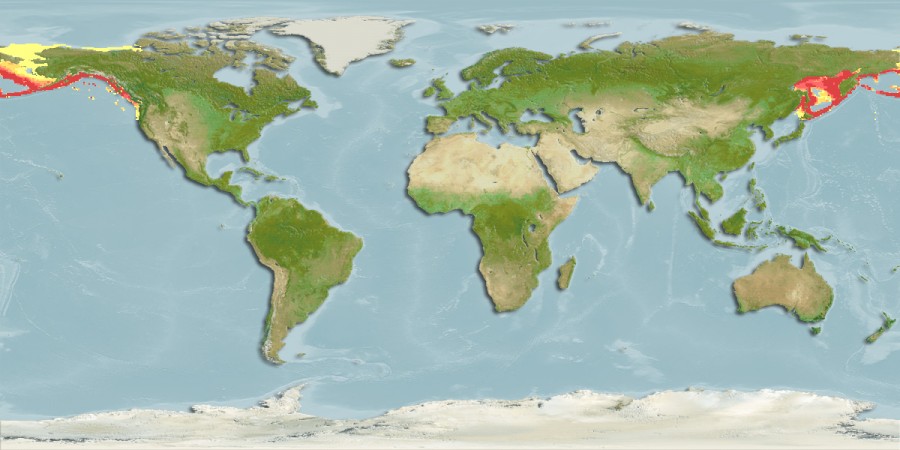Dorsal spines (total): 0; Dorsal soft rays (total): 90 - 106; Anal spines: 0; Anal soft rays: 69 - 80; Vertebrae: 49 - 51. Dorsal origin above anterior part of pupil in upper eye, generally low, higher in middle. Caudal spread and slightly lunate. Pectorals small.
Source: FishBase. FishBase. Eschmeyer, W.N., E.S. Herald and H Hammann. 1983 . (Ref. 2850)
